Volker Turau
Machine Learning-based Positioning using Multivariate Time Series Classification for Factory Environments
Aug 22, 2023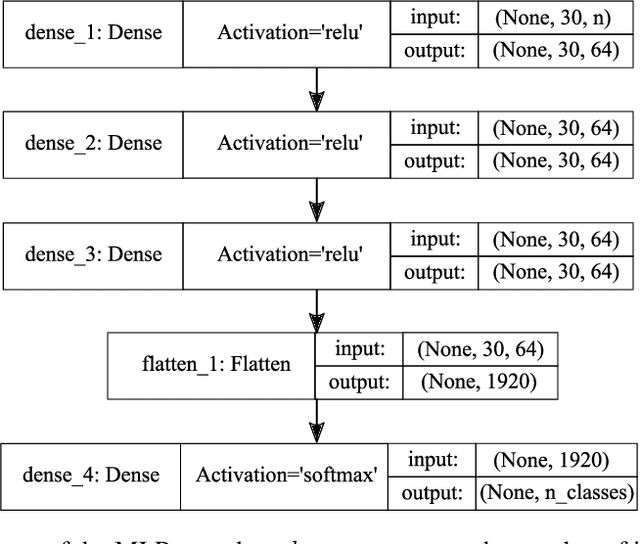

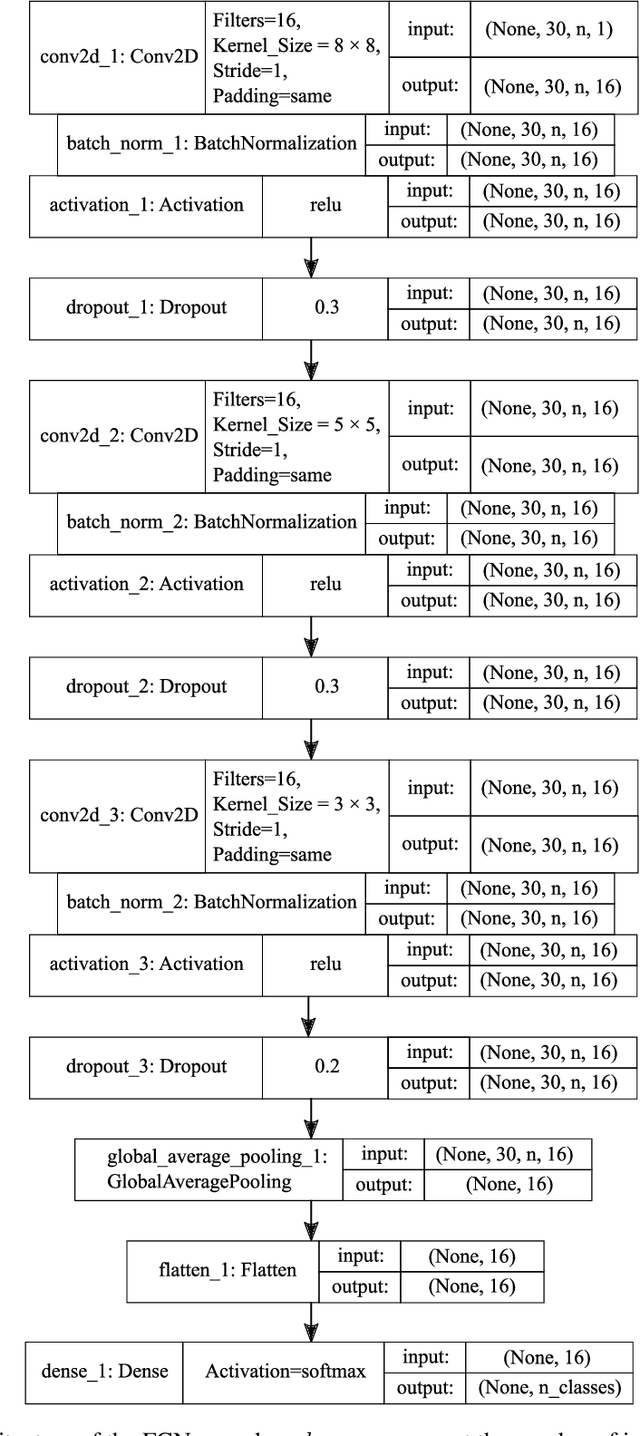

Abstract:Indoor Positioning Systems (IPS) gained importance in many industrial applications. State-of-the-art solutions heavily rely on external infrastructures and are subject to potential privacy compromises, external information requirements, and assumptions, that make it unfavorable for environments demanding privacy and prolonged functionality. In certain environments deploying supplementary infrastructures for indoor positioning could be infeasible and expensive. Recent developments in machine learning (ML) offer solutions to address these limitations relying only on the data from onboard sensors of IoT devices. However, it is unclear which model fits best considering the resource constraints of IoT devices. This paper presents a machine learning-based indoor positioning system, using motion and ambient sensors, to localize a moving entity in privacy concerned factory environments. The problem is formulated as a multivariate time series classification (MTSC) and a comparative analysis of different machine learning models is conducted in order to address it. We introduce a novel time series dataset emulating the assembly lines of a factory. This dataset is utilized to assess and compare the selected models in terms of accuracy, memory footprint and inference speed. The results illustrate that all evaluated models can achieve accuracies above 80 %. CNN-1D shows the most balanced performance, followed by MLP. DT was found to have the lowest memory footprint and inference latency, indicating its potential for a deployment in real-world scenarios.
Artificial Neural Networks for Sensor Data Classification on Small Embedded Systems
Dec 15, 2020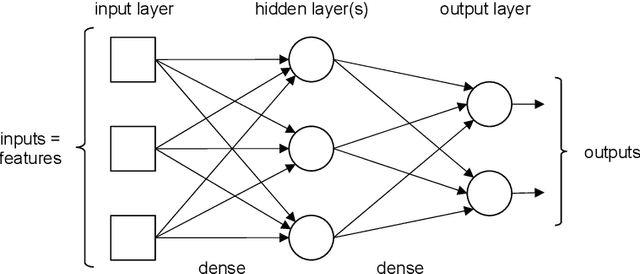
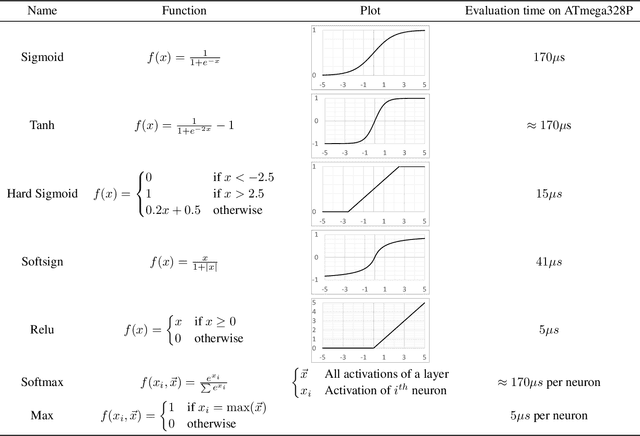
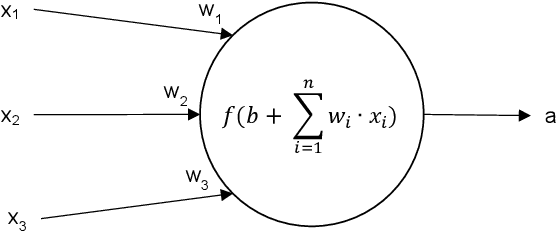

Abstract:In this paper we investigate the usage of machine learning for interpreting measured sensor values in sensor modules. In particular we analyze the potential of artificial neural networks (ANNs) on low-cost micro-controllers with a few kilobytes of memory to semantically enrich data captured by sensors. The focus is on classifying temporal data series with a high level of reliability. Design and implementation of ANNs are analyzed considering Feed Forward Neural Networks (FFNNs) and Recurrent Neural Networks (RNNs). We validate the developed ANNs in a case study of optical hand gesture recognition on an 8-bit micro-controller. The best reliability was found for an FFNN with two layers and 1493 parameters requiring an execution time of 36 ms. We propose a workflow to develop ANNs for embedded devices.
 Add to Chrome
Add to Chrome Add to Firefox
Add to Firefox Add to Edge
Add to Edge